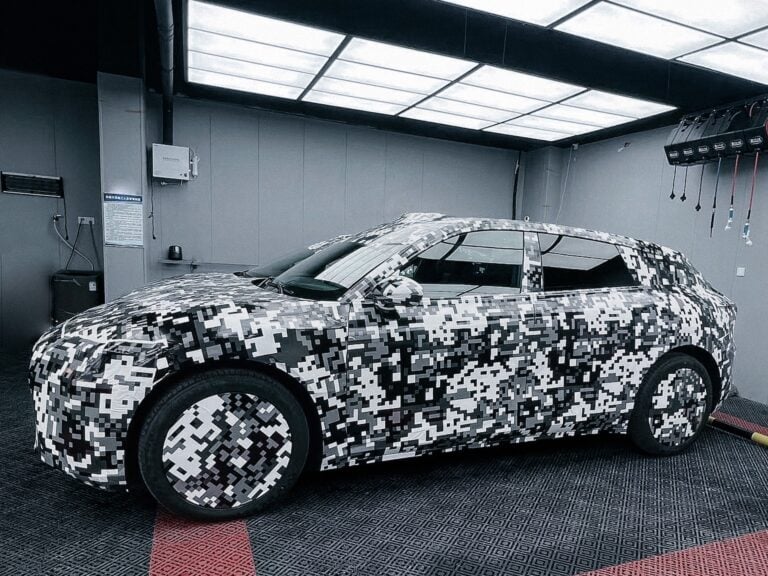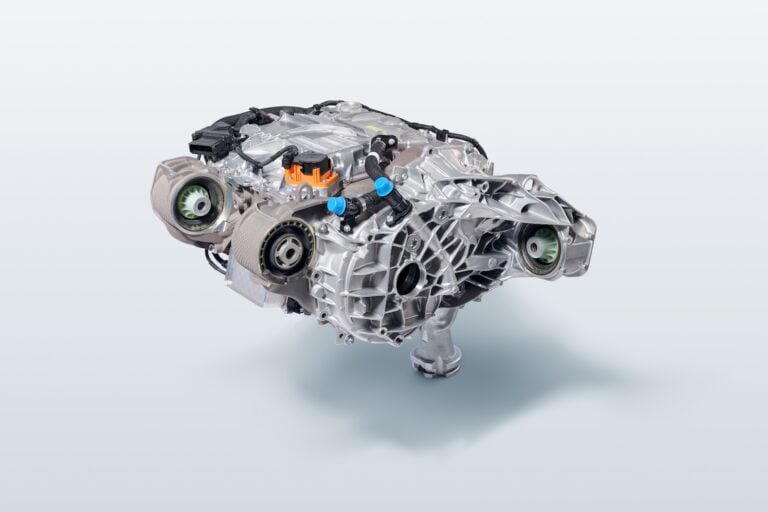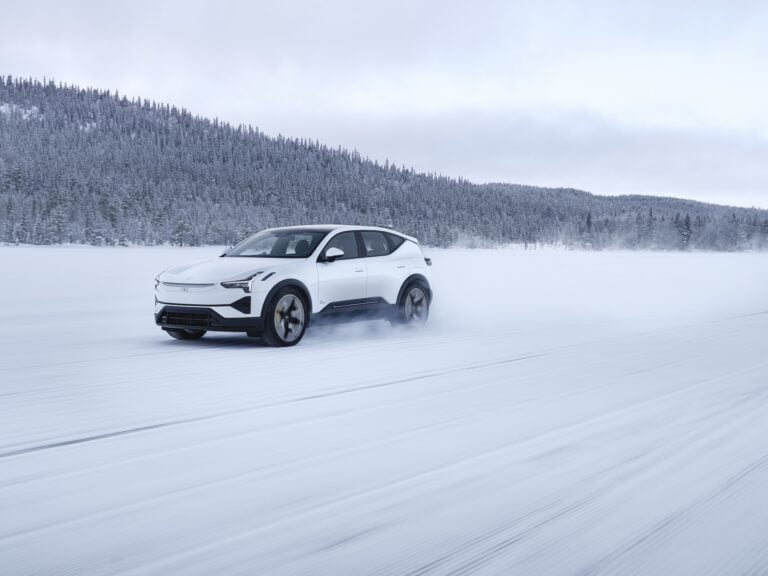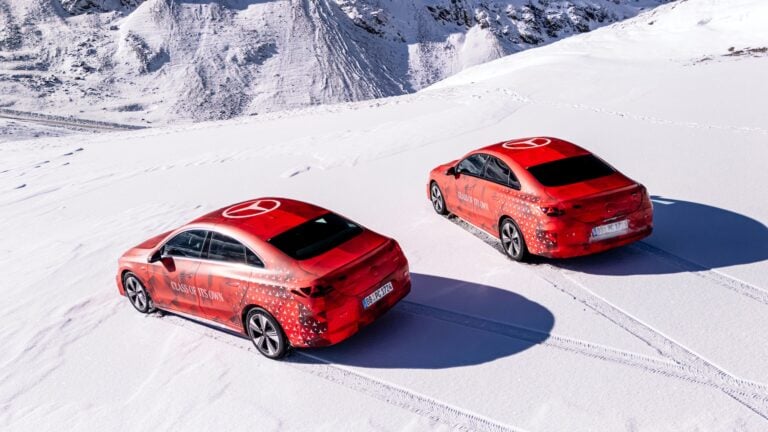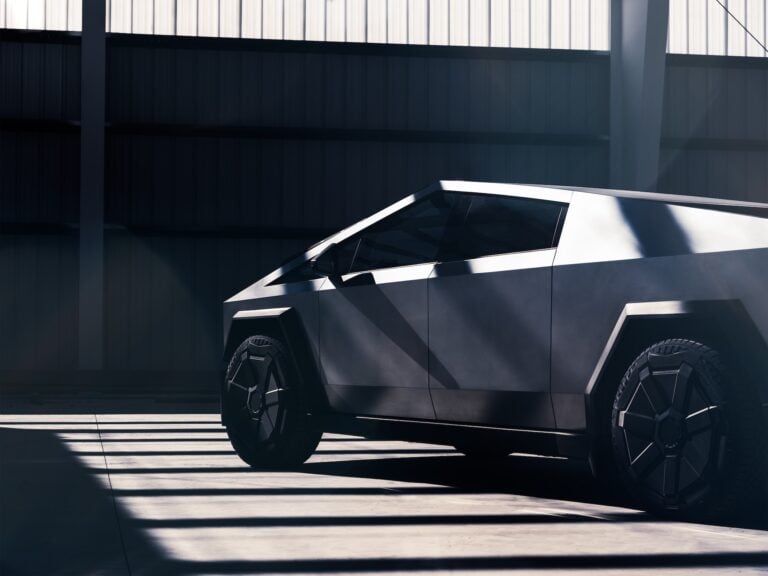CHATHAM, Mass. – Charging around Cape Cod takes on a new meaning when the vehicle in question is a redesigned 2022 Hyundai Kona Electric subcompact sport-utility vehicle (SUV).
We spent a week in a Kona Electric Limited which meant the $43,940 price (including $1,245 inland freight & handling and $195 for carpeted floor mats) included virtually every amenity and feature Hyundai offers in this category.
POWERTRAIN EFFICIENCY
The galactic gray Kona’s motivation comes from a permanent-magnet synchronous (electric) motor which produces 150kW (201 horsepower) and 291 pounds-feet of torque. These numbers are on the high side for a mass-market subcompact SUV which means strong performance whenever the driver wants it.
Like all electric vehicles (EVs), the Kona Electric’s motor produces peak torque IMMEDIATELY, there is no delay, so it is easy to chirp the tires if the driver floors the accelerator on takeoff.
Power comes from the liquid-cooled 64kW battery pack which in the Kona Electric is rated for 258 miles of operation. The range is dependent upon the type of driving you do, the weather (extreme cold and heat negatively impact range), and the amount and type of accessories you use (heavy use of items like air conditioning or heating can impact range, especially in conjunction with those extreme temperatures).
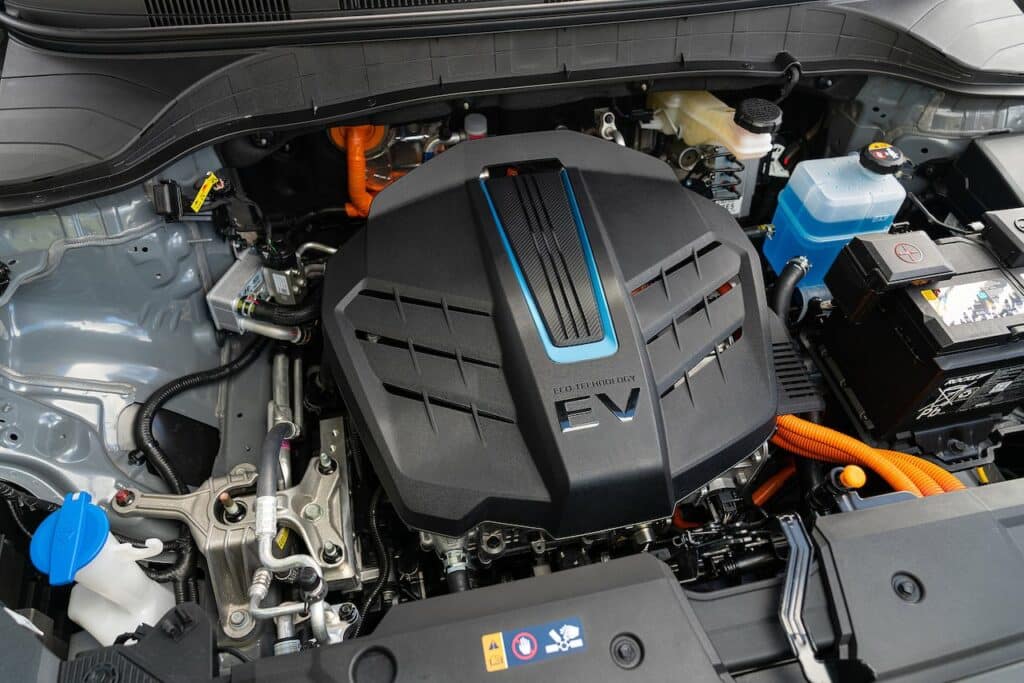
My time in this electric was spent without any stress or trepidation. Most of my driving was local – where electrics really shine – within the 30-50 miles-per-day average most Americans travel. This meant that even using a 110-volt adapter with the onboard Level II 7.2kW charger, I could top off the Kona Electric each night (this system can take the Kona Electric from 10 to 100 percent charged in approximately nine hours, 15 minutes). I often saw range numbers like 285 and 297 when I first turned the SUV on in the morning, but the number dropped (as it usually does in an EV) as soon as I began driving.
The Kona Electric is also designed for Level III quick charging (where available) which can fill up the battery (10 to 100 percent0 within 47 minutes (at 100kW).
To help combat cold weather, the limited has a battery warmer system which helps prevent excessively long battery-charging intervals in cold temperatures. In addition, in Winter Mode, the battery warmer can minimize battery-power losses due to low winter temperatures.
The charging port is located in the front facia (grille) which means easy connecting during head-in parking near chargers.
SOLID, RESPONSIVE PLATFORM; FRICTION BRAKES SUPPLEMENT REGENERATIVE BRAKING
As Hyundai puts it, “Kona was developed with a focus on enhanced driving dynamics and responsive performance for a variety of urban and multi-surface driving conditions. The long wheelbase, short overhangs, and wide track create a planted stance that results in exceptional agility in urban environments with enhanced linear stability and rides comfort.”
The component setup is straightforward — MacPherson-type struts, coil springs, and advanced-valve (RS Type) shock absorbers up front and multi-link with trailing arm and the same shocks in the rear — but it works very well, providing sure-footed handling and a relaxing, controlled ride.
The power-assisted brake system has four-channel, four-sensor ABS with Electronic Brake force Distribution operating 12-inch ventilated rotors up front, and 11.8-inch ones in the rear.
The friction brakes will get the job done if you want them to, but the regenerative braking system, including one-pedal driving, works quite well in the Kona Electric. I found myself using it all the time, relying sparingly on the friction brakes. The one caveat – one-pedal braking has to be initiated each time the SUV is started.
A comprehensive array of advanced driver-assistance systems
Hyundai calls its advanced driver-assistance systems (ADAS) Hyundai SmartSense and the Kona Electric Limited includes an impressive group:
- Smart cruise control
- Blind-spot collision avoidance assist
- Forward collision avoidance assist with pedestrian and cyclist detection
- Rear cross-traffic collision-avoidance assist
- Rear cross-traffic collision warning
- Lane-Keep and Lane-following assist
- Parking-distance warning – reverse
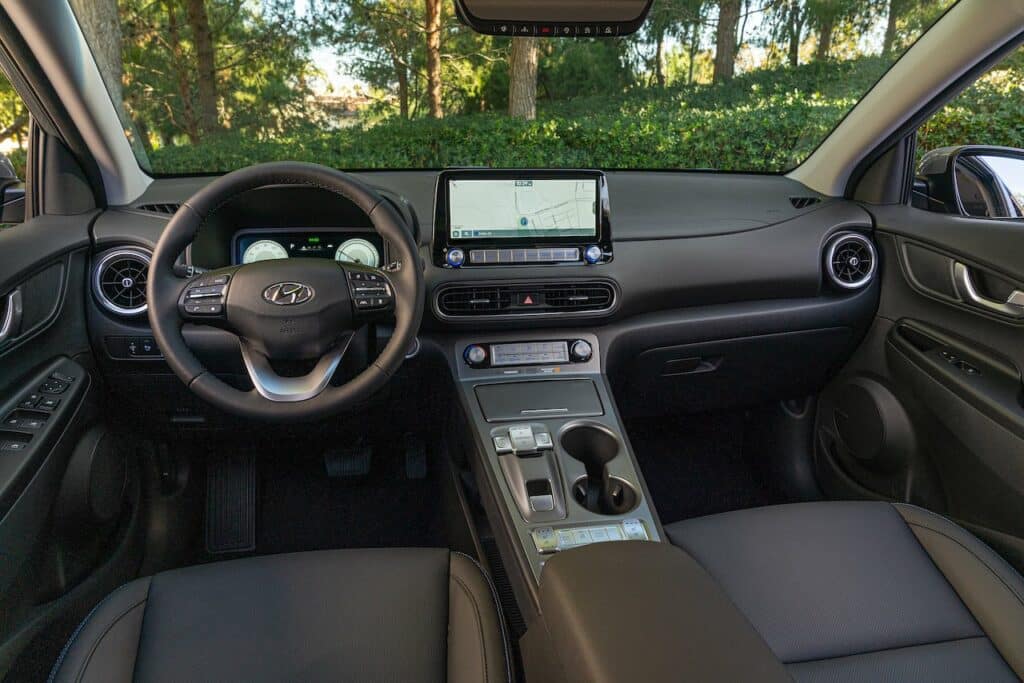
AN INTERIOR FILLED WITH TECHNOLOGY AND AMENITIES
Digital screens greet the driver upon entering the Kona Electric. A 10.25-inch one as the instrument cluster/information screen sits behind the steering wheel (adjustable for reach and rake and contains controls for the audio system and phone) while the 10.25-inch touch screen at the top of the center stack is the heart of the infotainment/navigation system.
Harman Kardon Premium Audio pumps out the sound from the infotainment system which has satellite radio, Apple CarPlay, Android Auto and Bluetooth streaming audio.
The seats are leather-trimmed, power-adjustable for the driver, and heated/ventilated for both front occupants to help when the weather is either too cold or too hot. Single-zone automatic climate control moderates the overall interior environment.
Large windows all around, along with the power moonroof, help create the feeling of a spacious interior.
KONA ELECTRIC AN EV FOR EVERYONE
The 2022 Kona Electric provides a very well-designed, well-engineered, and enjoyable EV that is within the reach of a wide range of customers (not always the case with EVs which are often priced higher than comparable non-electrics). The range starts at $34,000 for a very well-equipped Kona Electric SEL before hitting the fully equipped Limited at $42,500. And both vehicles are eligible for federal and state EV tax rebates which bring the effective price down considerably.
Hyundai is bringing electric vehicles, either in hybrid-electric or full-electric form, to the world in a diverse range of cars and SUVs/crossovers. The Kona Electric Limited represents an excellent example within the subcompact SUV segment.
Mike Geylin is Editor-in-Chief for Hagman Media Group and can be reached at [email protected].



